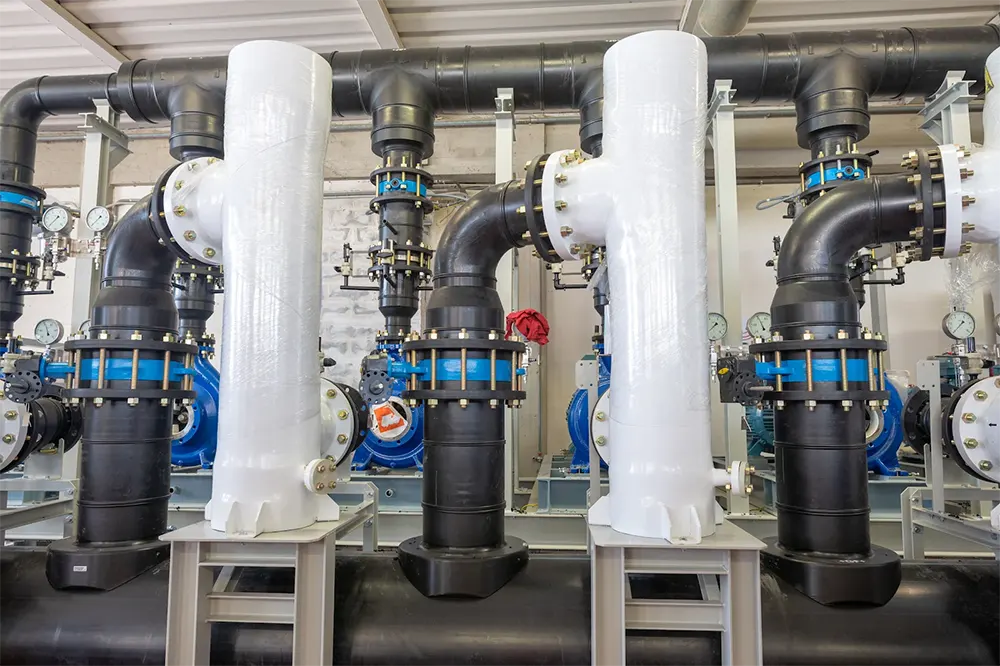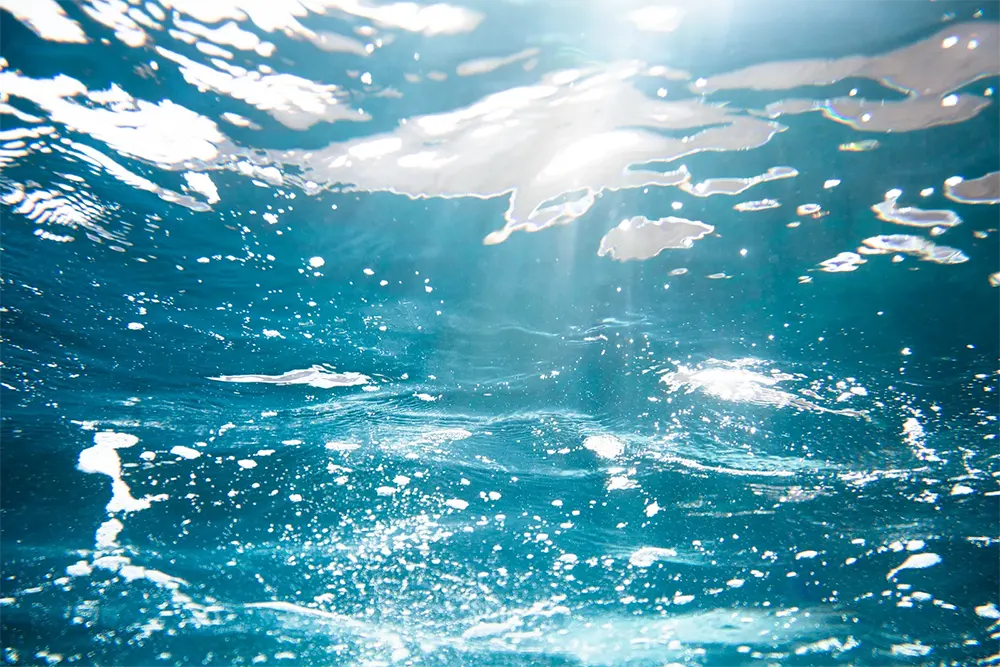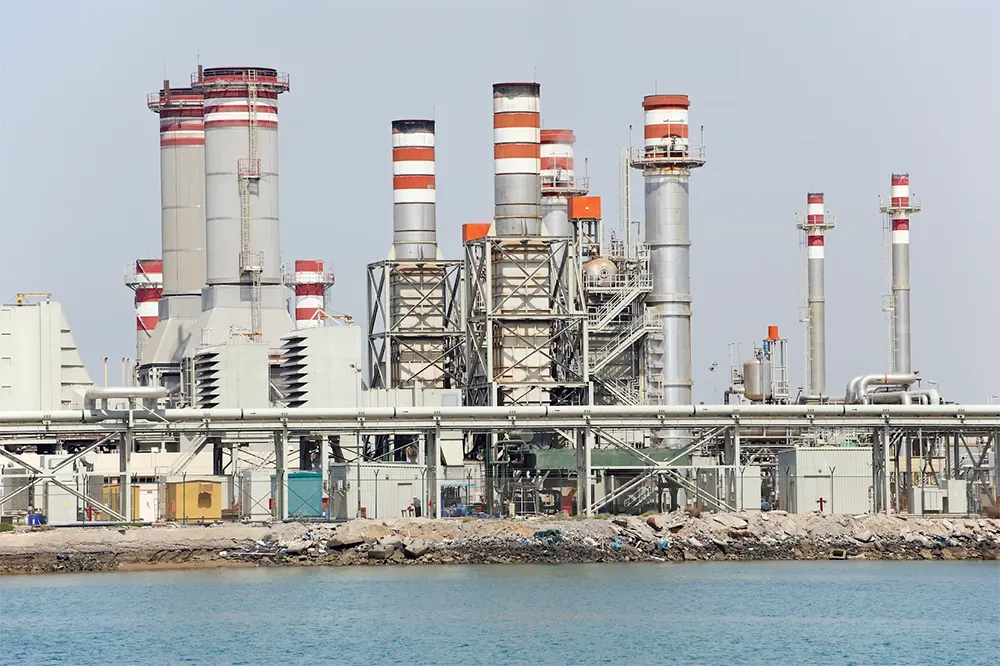Turning on a tap and filling a glass with drinking water is a faraway dream for many people.
According to The United Nations, nearly 700 million people in the world do not have access to safe drinking water. And 1.8 billion people will be living in conditions of severe water scarcity by 2025.
Last year Cape Town was dangerously close to running out of water. Even rainy England is at risk of running out of water in 25 years.
Could a large part of the solution be in the oceans which contain 97% of the planet’s water?
The current situation
The planet has plenty of water, but most of it is unusable, locked up in oceans. But demand is growing and the tensions are starting to show, from China to Latin America, India to California.
The process of converting seawater to something less brackish that could be used on farms and in homes has long been viewed as the last option for meeting our water needs.
This technology is not cheap, it can consume a lot of energy, and is only suitable in certain areas. It can also create a dangerous side-effect: a very salty brine, which is often returned to the sea.
But could desalination be reformed enough to make it a viable solution to our water needs?
The solution to a problem
A recent report by financial analysts at Moody’s Investor Service notes that Cape Town’s desalination success, together with demand management and increased investment in water, is paying off in terms of economic growth and stability.
Cape Town is one of the most recent examples of desalination being used to fill an urgent gap. However, it is Israel that has been making a long-term investment in this technology as a strategic public service.
This country has the world’s largest reverse osmosis desalination plant, and can now produce more water than it needs through desalination and water recycling. Up to 80% of Israel’s drinking water comes from these coastal desalination plants.
Desalination: How does it work?
José Luis Sánchez Lizaso, Professor in the Department of Marine Sciences and Applied Biology at the University of Alicante, explained to BBC how these plants work:
“There are two types of desalination methods”, he said. “On the one hand, there are methods using heat that, in different variations, evaporate the water and condense it again, which mimics the natural cycle of evaporation and rainfall.”
“The second group of methods is based on membranes that separate the water from the salts, which also requires energy, normally supplied in the form of electrical energy, which is then transformed into mechanical energy,” Sánchez Lizaso said. This process is known as “reverse osmosis”.
Since the times of Aristotle
Did you know that…
The principle of heating seawater to produce steam, which is then condensed, was already mentioned by Aristotle 2400 years ago when he described how sailors used this method of distillation.
But it was in the 20th century that the technology advanced to industrial scale. The world’s largest desalination plant, Ras Al-Khair in Saudi Arabia, uses this mechanism, called the thermal evaporation method.
But 70% of the world’s desalination plants use the reverse osmosis mechanism, discovered in the 1960s and perfected since then.
In conclusion
Desalination can help us address the world’s water scarcity problem. Technologies are constantly evolving to provide us with more sustainable solutions.
Seas have water to sustain the human race for thousands of years. It can be converted through desalination of seawater to be used for drinking. Furthermore, this option offers many opportunities:
- On a larger scale, desalination provides drinking water to thousands of households on a daily basis.
- The most advanced desalination plants in the world use reverse osmosis as the main filtration process. It is a proven method for obtaining potable water.
- Countries are less dependent on natural resources.
- Even better, the process of Reverse Osmosis purification of waste from industries can give safe water that can be used to refill aquifers, lakes, reservoirs and in turn lifting stress from the environment.
- Plants have been set across the world in Australia, U.S, Saudi Arabia and more where each day tens of thousands of gallons of freshwater are produced from the sea.

As CEO of AMPAC USA Sammy Farag says, seawater desalination is a growing trend.
“It has given hope to countries where the geography is not naturally blessed with rivers and reservoirs. People have begun irrigation and agriculture thanks to the abundant supply. Reverse osmosis makes the process effective. Still, we have miles to go in technology regarding its environmental effects.” added Farag
FREEZE CAST is involved in different desalination projects all over the world. We have been specialists in this sector for more than 25 years and we offer our quality solutions worldwide.


